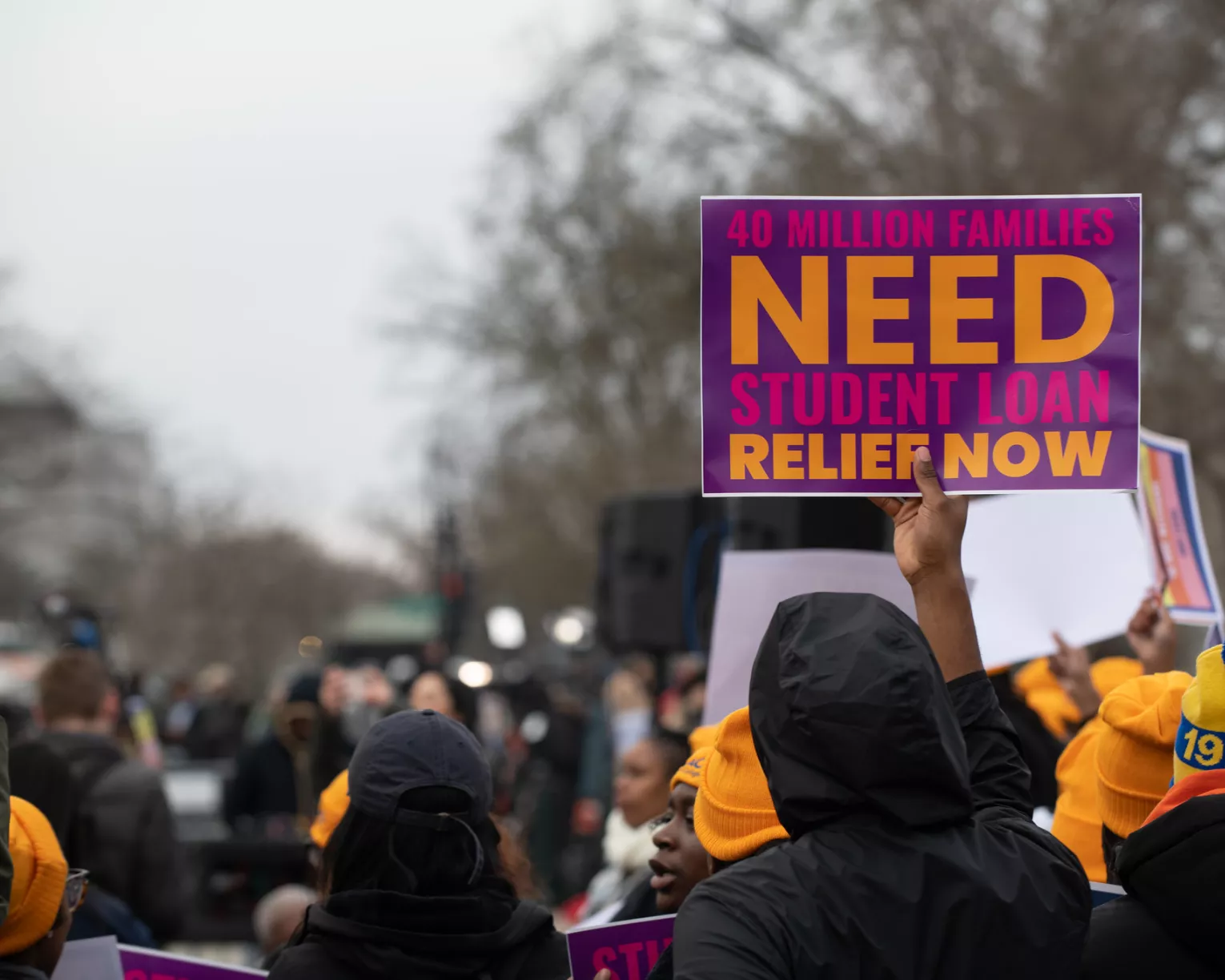Implementation of the SAVE Plan has been blocked by a federal appellate court. Borrowers can no longer enroll in the SAVE Plan.
If you are already enrolled in the SAVE Plan, your account was moved into interest-free forbearance due to lawsuits challenging your account was moved into interest-free forbearance due to these legal challenges, but interest resumed accruing on August 1, 2025. During this time, you will not earn credit toward Public Service Loan Forgiveness (PSLF).
The Department of Education has established several Income-Driven Repayment (IDR) Plans over the years, which calculate monthly payments based on income and family size, often leading to lower monthly payments for student loan borrowers.
Income-Driven Repayment (IDR) plan applications are live again after being temporarily paused in February of 2025. If you were enrolled in the SAVE plan, we recommend that educators pursuing PSLF immediately enroll into one of the three remaining IDR plans – PAYE, IBR, ICR – in order to continue making qualifying payments for PSLF. Because of reductions in force (RIFs) implemented by the second Trump Administration, response time on IDR plan applications may take longer than usual.
Apply for an income-driven repayment plan
Have further questions?
NEA members can consult student debt experts through the Student Debt Navigator for free assistance with student debt issues, including questions about SAVE and applying for Public Service Loan Forgiveness (PSLF).
For the latest news on student debt relief, text STUDENTDEBT to 48744. You will receive important updates and invitations to upcoming events and webinars.

